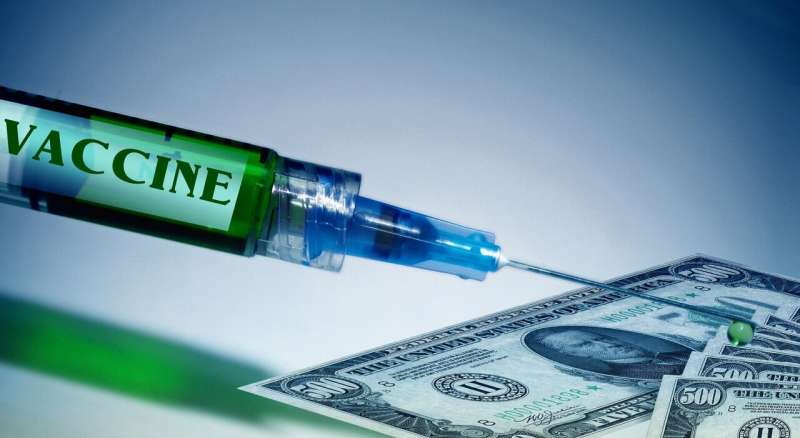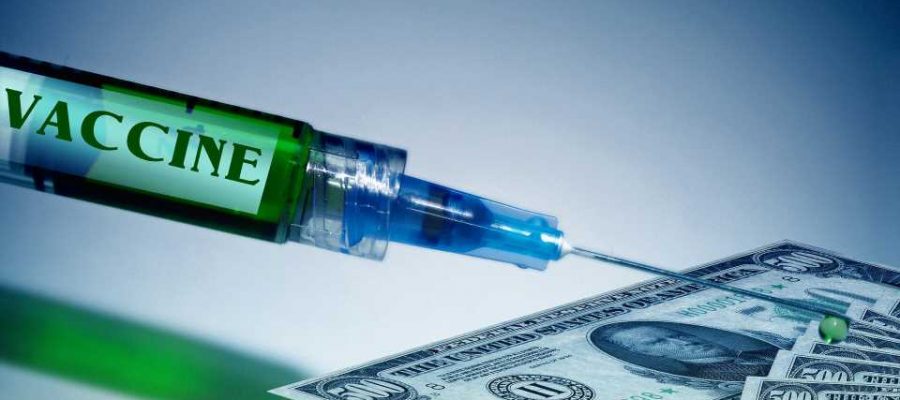
Vaccines are an indispensable tool for reducing and even eradicating many infectious diseases. Ideally, countries are encouraged to take full ownership of their vaccination programs. However, some low- and middle-income countries rely on outside support for both the vaccines and their delivery, often from bilateral and multilateral organizations, such as Gavi, the Vaccine Alliance.
To better understand whether the immunization programs in these countries are adequately funded, Salin Sriudomporn of Johns Hopkins University and coauthors estimated immunization program costs, financing, and funding gaps for sixteen vaccines among ninety-four low- and middle-income countries from 2011 to 2030, using data obtained from both private and government sources. Their work is published in the journal Health Affairs.
They found a total funding gap of $38.4 billion for the entire period, with the cost of immunization delivery being the main driver (86%) of this gap.
Funding support for these countries from Gavi and development assistance for health are projected to decline during the next few years. The authors conclude that to bridge the vaccine funding gap and move toward sustainability, both a national-level scale-up as well as resource mobilization are essential for improving the efficiency of each country’s immunization program.
They also recommend that future research integrate the impact of COVID-19 on both the cost and financing of routing immunization, as well as on new vaccine introduction and coverage rates, along with the impact of economies of scale and program integration on the delivery cost per dose.
More information:
Salin Sriudomporn et al, Financing And Funding Gap For 16 Vaccines Across 94 Low- And Middle-Income Countries, 2011–30, Health Affairs (2023). DOI: 10.1377/hlthaff.2022.00343
Journal information:
Health Affairs
Source: Read Full Article
